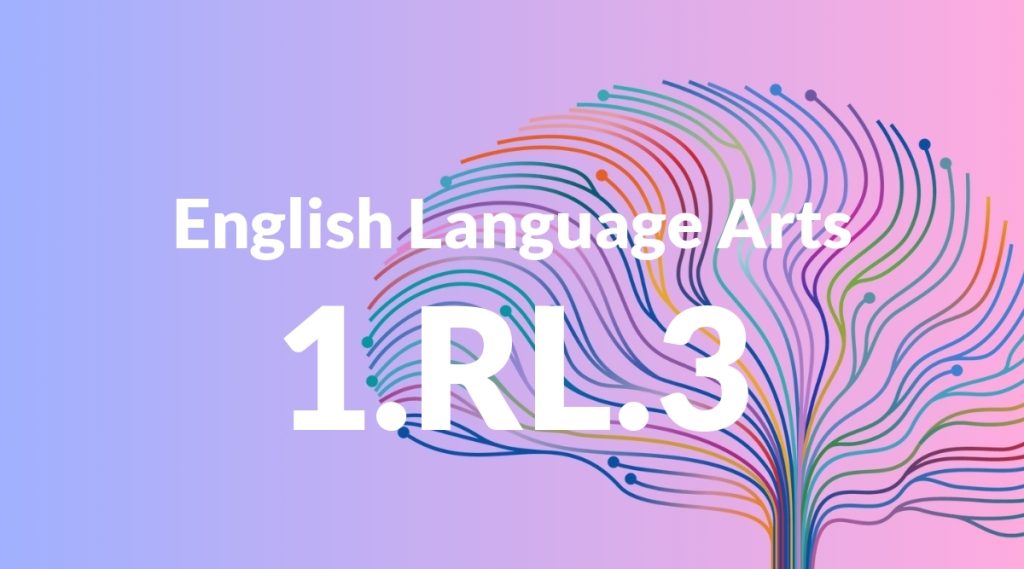Standard: 1.RL.3 – Describe characters, settings, and major events in a story, using key details.
Grade level: Grade 1
Subject: English Language Arts
Domain: Reading: Literature
Teacher Overview
This standard focuses on helping students describe characters, settings, and major events in a story using key details. It’s crucial for building comprehension skills and understanding story structure, which are foundational for more advanced literary analysis in later grades. Students should be familiar with basic story structures and have experience listening to and discussing simple stories.
Students will develop the ability to analyze and compare different stories, understanding deeper themes and character motivations.
Common Misconception 1
Students may confuse minor details with key details, thinking that every detail is equally important. This can lead to an overload of information and difficulty in understanding the main points of the story.
Intervention 1
Use guided questions and discussions to help students identify and focus on key details. Reinforce this by comparing important events with less significant ones in various stories.
Common Misconception 2
Students may struggle to connect characters, settings, and events, seeing them as separate rather than interrelated parts of the story.
Intervention 2
Implement graphic organizers like story maps that visually connect characters, settings, and events, helping students see the relationships between these elements.
Prerequisite Knowledge
Students should be familiar with basic story structures and have experience listening to and discussing simple stories.
Subsequent Knowledge
Students will develop the ability to analyze and compare different stories, understanding deeper themes and character motivations.
Instructional Activities
- Read a story aloud and have students draw the main character and setting.
- Create a story map with students, identifying characters, settings, and major events.
- Use puppets or props to reenact key events in a story.
- Have students write a short paragraph describing a character, setting, or event from a story.




